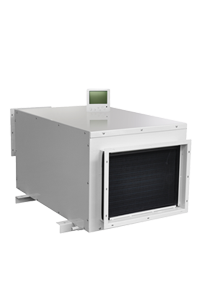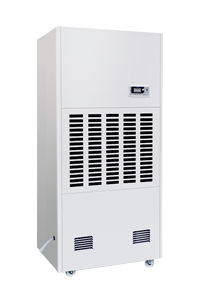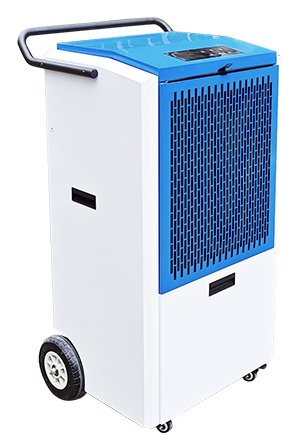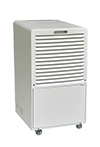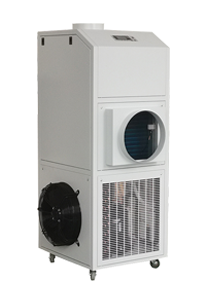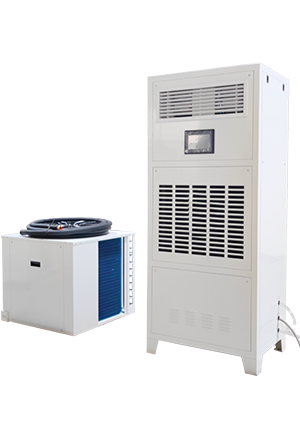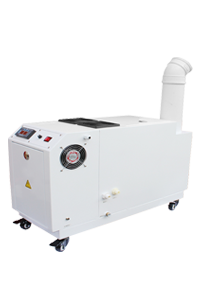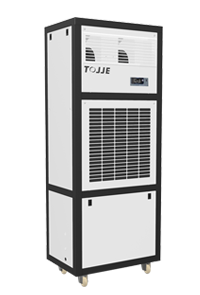News
Moisture is one of the most underestimated threats to electrical infrastructure. In power plants and electrical rooms, uncontrolled humidity can lead to equipment corrosion, insulation degradation, short circuits, and even unplanned shutdowns. To maintain system reliability and prevent costly downtime, many facilities are turning to industrial dehumidifiers as a proactive and essential humidity control solution.
Why Humidity Control Matters in Power Facilities
1. Corrosion of Electrical Components
High relative humidity (RH), especially in combination with airborne pollutants or salt (in coastal regions), accelerates corrosion of metal terminals, bus bars, relays, and control panels. Over time, this compromises the electrical system’s performance and safety.
2. Reduced Insulation Resistance
Moisture absorption by insulation materials reduces their resistance, increasing the risk of leakage currents, arcing, and flashovers. This is particularly critical for high-voltage switchgear and transformers.
3. Condensation Risks
In environments where the temperature fluctuates (e.g., between day and night or in rooms with varying cooling loads), condensation may form on equipment surfaces, further elevating the risk of electrical faults.
4. Downtime and Maintenance Costs
Uncontrolled humidity can lead to premature equipment failure and increased frequency of preventive maintenance, disrupting operations and increasing costs.
Role of Industrial Dehumidifiers
Industrial dehumidifiers are engineered to remove excess moisture from the air, maintaining optimal RH levels—typically between 40% and 60%, depending on the application.
Key Benefits:
Prevent electrical failures by keeping enclosures dry
Extend the lifespan of sensitive power equipment
Maintain insulation integrity in transformers, motors, and panels
Improve reliability of backup generators and control systems
Reduce mold and mildew in control rooms or cable tunnels
Ideal Applications Within Power Infrastructure
Switchgear Rooms
MCC (Motor Control Centers)
Transformer Vaults
Generator Rooms
Substations and Control Rooms
Cable Galleries and Tunnels
Features to Look for in a Dehumidifier for Electrical Environments
High Moisture Removal Capacity
Designed to handle large volumes of humid air, especially in hot or coastal climates.
Continuous Operation
Capable of 24/7 performance with minimal maintenance downtime.
Low Dew Point Operation
Important for areas where ultra-dry conditions are needed to protect equipment.
Remote Monitoring and Control
Advanced units offer sensors and IoT capabilities for automated operation and alarm triggers.
Corrosion-Resistant Construction
Units built with stainless steel or epoxy-coated components withstand harsh industrial conditions.
Whether you're managing a gas-fired power station, hydroelectric dam, or utility substation, a well-planned dehumidification strategy is key to keeping the power flowing safely and efficiently.

